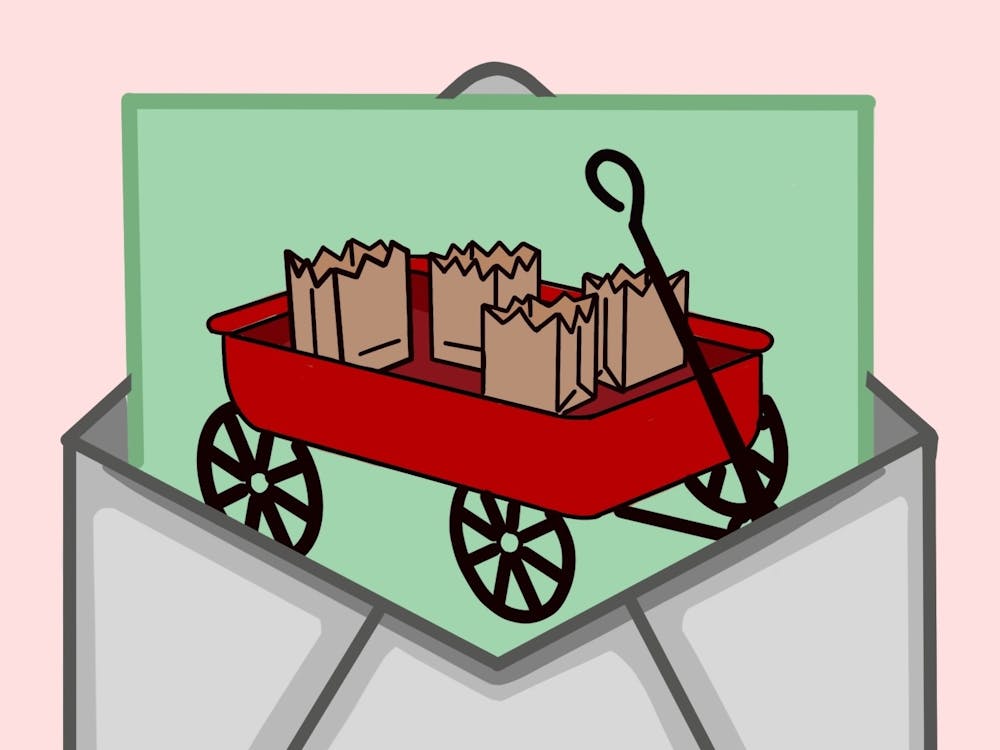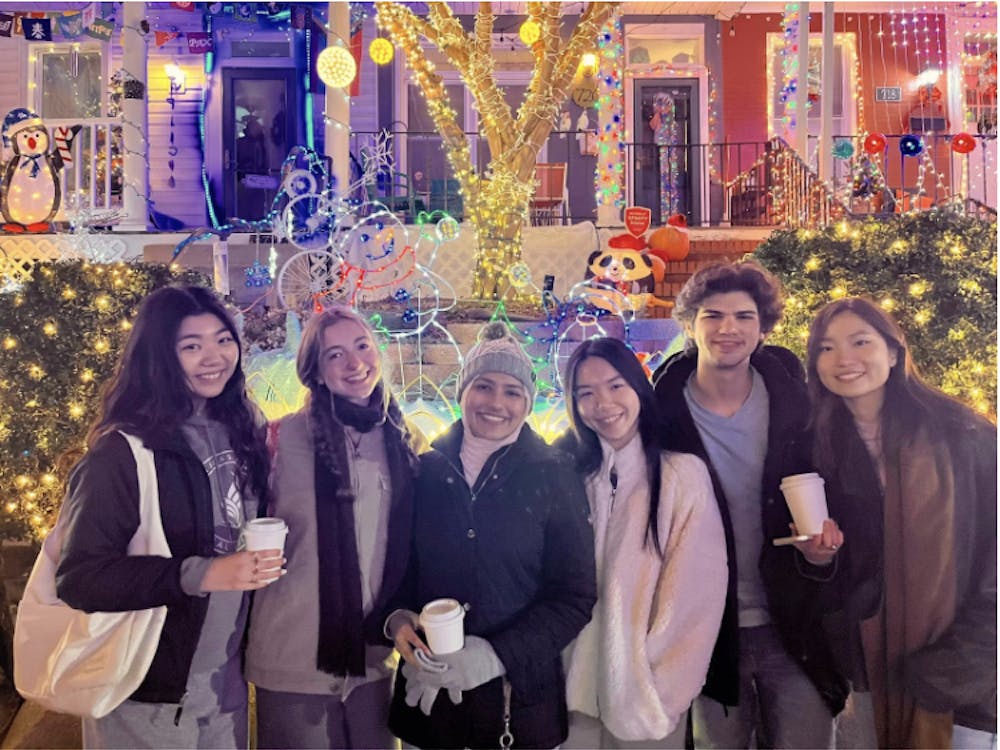
Amid the never-ending cycle of midterms, homework and people trying to convince me that “these will be the best years of my life,” Thanksgiving break gives me a moment to breathe and remember that getting eight hours of sleep is feasible.
Thanksgiving is something I can respect. A national holiday dedicated to eating food? Yes, please. However, in the time between when I left America and the time I came back, the day after Thanksgiving had become a bigger phenomenon, and I still can’t quite get a handle on how or why it happened.
I want to talk about black Friday, guys, because something about a shopping event so crazy that people die from it every couple of years strikes me as an odd thing to look forward to.
According to blackfridaydeathcount.com (someone must’ve been so excited to get that domain name) seven people have died so far on Black Friday and 98 have been injured. These statistics go back only to 2006, yet Black Friday is thought to have become a national money-spending day around 1990.
In 2006, nine people were injured in California when a store dropped gift certificates from the ceiling. In 2011 there were two separate instances where police used pepper spray on shoppers, with both leading to multiple injuries. And in 2015, for the first time in my life, I participated in Black Friday. It was quite an exciting time.
As someone born and bred in big cities, I thought I was prepared to deal with the excitement and commotion of Black Friday deals. I was not.
My grandparents and I set off well into the day, probably around 1 p.m., armed with a list of Christmas presents and a gift card to H&M. Oh my goodness, did a lot of people do the exact same thing. I understand that this has been the biggest shopping day in the country since 2001; I did not understand how so many people could fit into one building without creating a fire hazard.
The mall was packed. People roamed without purpose, sipping Starbucks and eating Cinnabons as they gazed at the sale signs displayed prominently outside each store. Huge shopping bags trailed after them like obedient, quiet children (the best kind, really). I just had to take a moment to gape at it all.
Of course this led to my being shoved by three different people, so I quickly stopped gaping and followed my grandmother’s lead by elbowing my way straight through the crowd.
I came away that day with a $50 pair of jeans discounted to an affordable $25 and felt pretty darn proud of myself. For a second, I felt as though I could understand the hype surrounding this bizarre shopathon.
Ironically, for a holiday that is now known for its profitability, the term actually arose to describe the stock market crash of 1869.
Two financiers decided that they were going to buy up as much gold as possible, drive the prices up and then sell it back. However, when their scheme was discovered, they inadvertently bankrupted most of Wall Street.
Now the term brings thoughts of long lines in the cold November weather. Weirdly, in my experience, most people seem to associate Black Friday with friends and family, as though spending long amounts of time together trapped in an unfriendly environment makes people closer.
I can’t quite get on board with the idea of forcing myself into a situation where I could possibly be trampled to death unless free food or T-shirts are involved (I’m looking at you Spring Fair). However, I do have to admit that my new jeans are pretty nice.




